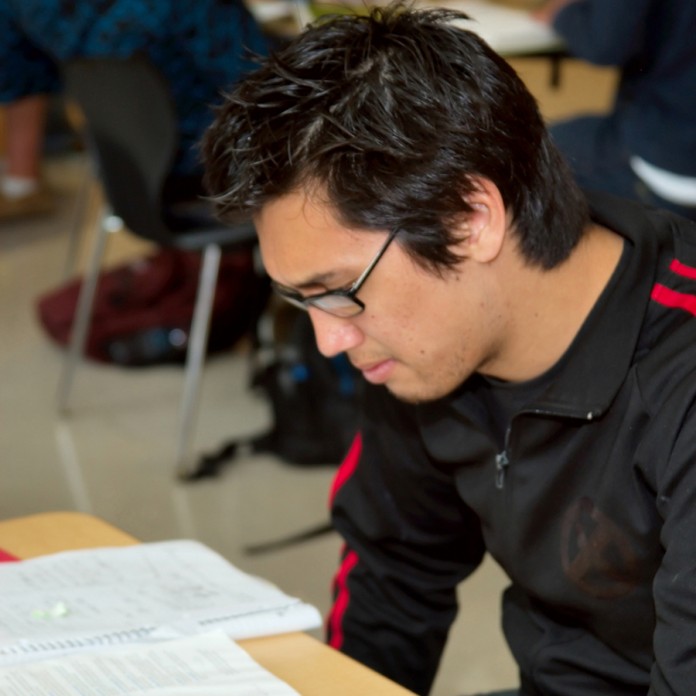Submitted by Pierce College

Pierce College math instructors are working harder than ever to improve student success rates in developmental math courses. Through their renewed focus on math automaticity, meaning math fact fluency, instructors hope to improve students’ ability to learn advanced skills more quickly.
”If a student learning a new math skill fills their working memory trying to figure out what two times five equals, there is less room for the new, more advanced skills they are being taught,” said Pierce College Math Instructor Peter Kaslik. By teaching automaticity, professors are decreasing the chances of students spending time on basic math problems.
Automaticity is one of many math initiatives created for the developmental math classes, and it has already been included in the Math 50 (Basic Mathematics) and Math 54 (Beginning Algebra) courses.
“The outcome for both of these courses is to demonstrate math fact fluency in number skills by recalling basic math facts with speed and accuracy,” Kaslik said.
Kaslik originally came up with the idea to focus on automaticity in classes when he was teaching an introductory algebra class and realized the difficulty students had with basic math facts when a student reached for a calculator to multiply two-thirds times zero.
“I wondered how students could learn algebra when they were baffled by math facts that I had assumed students at that level would already know,” Kaslik said.
This led Kaslik to incorporate flash cards in the math classes he taught. However, he was unable to determine exactly how well this was working for students until he teamed up with fellow Math Instructor David Lippman to design a flash card program through the Washington Mathematics Assessment and Placement (WAMAP) platform.
Through the program on WAMAP, Kaslik determined that a significant number of students who received high scores also had a faster speed of accurately answering flash cards.
“Research shows that the recall of math facts comes from a different part of the brain than calculations do,” he said. “The recall does not use the working memory of the brain, but calculations do. The math department and Achieving the Dream are constantly working on initiatives such as automaticity to further student success. Automaticity is just one example of a new practice added to developmental math courses that will greatly influence student success.”
To learn more about the courses and programs offered through Pierce College, visit their website here.



































